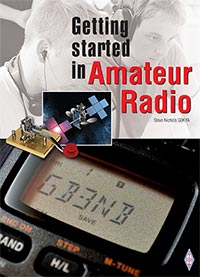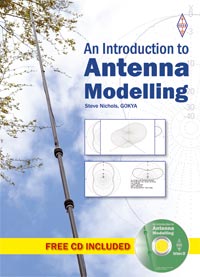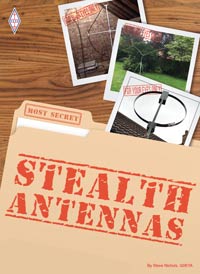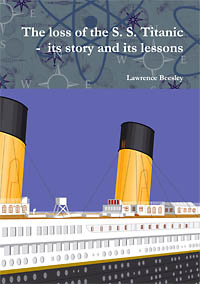I haven’t written about the state of the sun and propagation recently (apart from my weekly HF contribution to the
RSGB’s GB2RS report).
So, it seemed like a good idea to publish an update.
It is now July 2017 and the sun is completely spotless. The solar flux index (SFI) is 72 and the sunspot number is zero (as you might expect).
Given that the SFI never goes below around 65-66 this shows just how spotless the sun actually is. And current predictions are that we will hit sunspot minimum in 2019-2020.
As the
Solar Influences Data Center (SIDC) says “As the current solar cycle 24 gradually gives way to the new solar cycle 25, several consecutive days and even weeks without sunspots will become the norm.
“The previous minimum surprised scientists and solar observers by being the deepest in nearly 90 years. Will the upcoming solar cycle minimum show as many spotless days, or will solar cycle 25 take off much faster than expected?”
For this we will have to wait and see.
The first sunspot of solar cycle 25 has already been spotted (December 2016). Its high latitude (23°) and reverse polarity showed that it definitely belonged to the next sunspot cycle.
But don’t get too excited as sunspot cycles usually overlap, by up to four years. This again, might put the solar minimum into 2019/2020.
 |
| The sun with coronal holes on 5th July 2017. |
Meanwhile, we are still suffering the effects of a series of coronal holes (CHs). These are areas of the sun with “open” magnetic fields that allow the solar wind to pour out. If Earth-facing these can result in an increased K index, an initial propagation enhancement, and then probably reduced MUFs, noisy bands and possible aurora.
CHs are a feature of a declining solar cycle, but should eventually subside a little. The best way to predict their effects is to
look at the sun in extreme ultraviolet light using the SDO spacecraft and look for dark patches. If a CH is on or near the sun’s equator and earth-facing we might expect the impact of the solar wind in perhaps two days, although this can vary depending upon its speed.
So at the moment the low SFI means that, other than sporadic E openings, we can’t expect the maximum useable frequency over 3,000km to climb much above 14 or perhaps 18MHz.
So if you want F2 layer DX concentrate on 30, 20 and 17 metres.
In the Northern hemisphere we are in the summer doldrums with lower MUFs during the day, but higher MUFs (than winter) in the evening and night.
This is due to a change in the ionospheric chemistry with a shift towards more diatomic species and fewer monatomic ones. These are harder to ionise as they are more tightly bonded, hence the lower levels of ionisation.
One quick tip. Don’t write off 20m and 30m in the late evening – they might still surprise you with some DX.
Playing with the propagation prediction system at
Predtest, which uses the ITURHFPROP engine and is managed by Gwyn G4FKH, will give you some idea of what band may be open to where.
What we can say is that good DX paths, such as transatlantic and far eastern, will return in the Autumn, perhaps late September – but the lower HF bands, 30, 20 and sometimes 17m will still be the “money bands” for DX.
 |
| A Predtest prediction for 20m at 21:00UTC in July 2017 for the UK. the smoothed sunspot number being used is 18. |








































